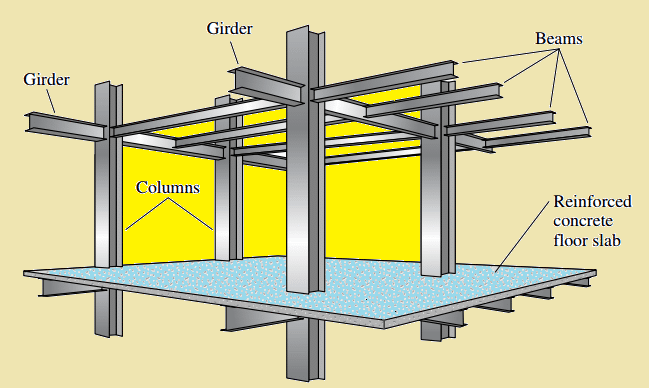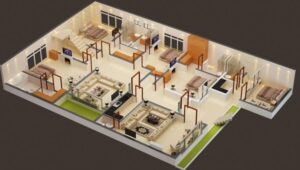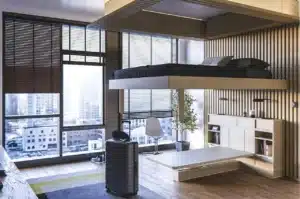A Comprehensive Guide to Structural Elements
Understanding the Foundations
When it comes to constructing a solid foundation for any structure, it’s imperative to delve deep into the intricacies of structural elements. These are the building blocks that not only support the edifice but also determine its strength, durability, and overall integrity. In this comprehensive guide, we will explore the key components that form the bedrock of every well-designed structure.
The Role of Beams in Structural Design
Beams play a pivotal role in distributing the load across various sections of a structure. These horizontal supports are essential for maintaining equilibrium and preventing undue stress on specific points. Whether it’s a residential building or a commercial skyscraper, the proper placement and design of beams are crucial for ensuring longevity and stability.
Unveiling the Secrets of Columns
No discussion about structural elements is complete without a thorough exploration of columns. These vertical pillars bear the weight from above and transmit it to the foundation. The strategic arrangement and robust design of columns are fundamental to the overall safety and functionality of the structure. Engineers must meticulously calculate the load-bearing capacity to determine the optimal column specifications.
Diving Into Foundation Types
The Solid Ground with Slab Foundations
Slab foundations provide a solid, continuous surface for structures. Commonly used in residential buildings, they offer simplicity and cost-effectiveness. This type of foundation evenly distributes the load, ensuring stability and minimizing the risk of settling over time.
The Stability of Pier Foundations
Pier foundations are ideal for areas with unstable soil conditions. By utilizing strategically placed vertical supports, this foundation type elevates the structure above potential issues like soil movement or flooding. It’s a popular choice in coastal regions and areas prone to seismic activity.
Roof Structures: Beyond Shelter
Trusses: The Backbone of Roofs
When it comes to supporting the roof, trusses emerge as the unsung heroes of structural design. These frameworks of interconnected elements distribute the weight of the roof evenly, preventing sagging and ensuring a long lifespan for the structure. Architects often customize truss designs based on the specific needs and aesthetic preferences of the building.
Materials Matter
The Impact of Concrete in Construction
In the realm of construction, concrete stands as the cornerstone material. Its versatility, durability, and strength make it a go-to choice for building structural elements. From foundations to walls, concrete’s adaptability ensures the structural soundness of a diverse range of constructions.
Steel’s Contribution to Structural Integrity
The use of steel in structural design is synonymous with strength and flexibility. Be it beams, columns, or trusses, steel components contribute significantly to the resilience of a structure. Modern construction often integrates steel for its ability to withstand various environmental factors, making it a staple in the industry.
Conclusion: Building for the Future
In conclusion, understanding and implementing the right structural elements are paramount in constructing buildings that stand the test of time. From the foundation to the roof, every component plays a crucial role in ensuring safety, stability, and longevity. As architects and engineers continue to innovate, the future promises even more advanced techniques and materials for building structures that redefine the limits of possibility.














